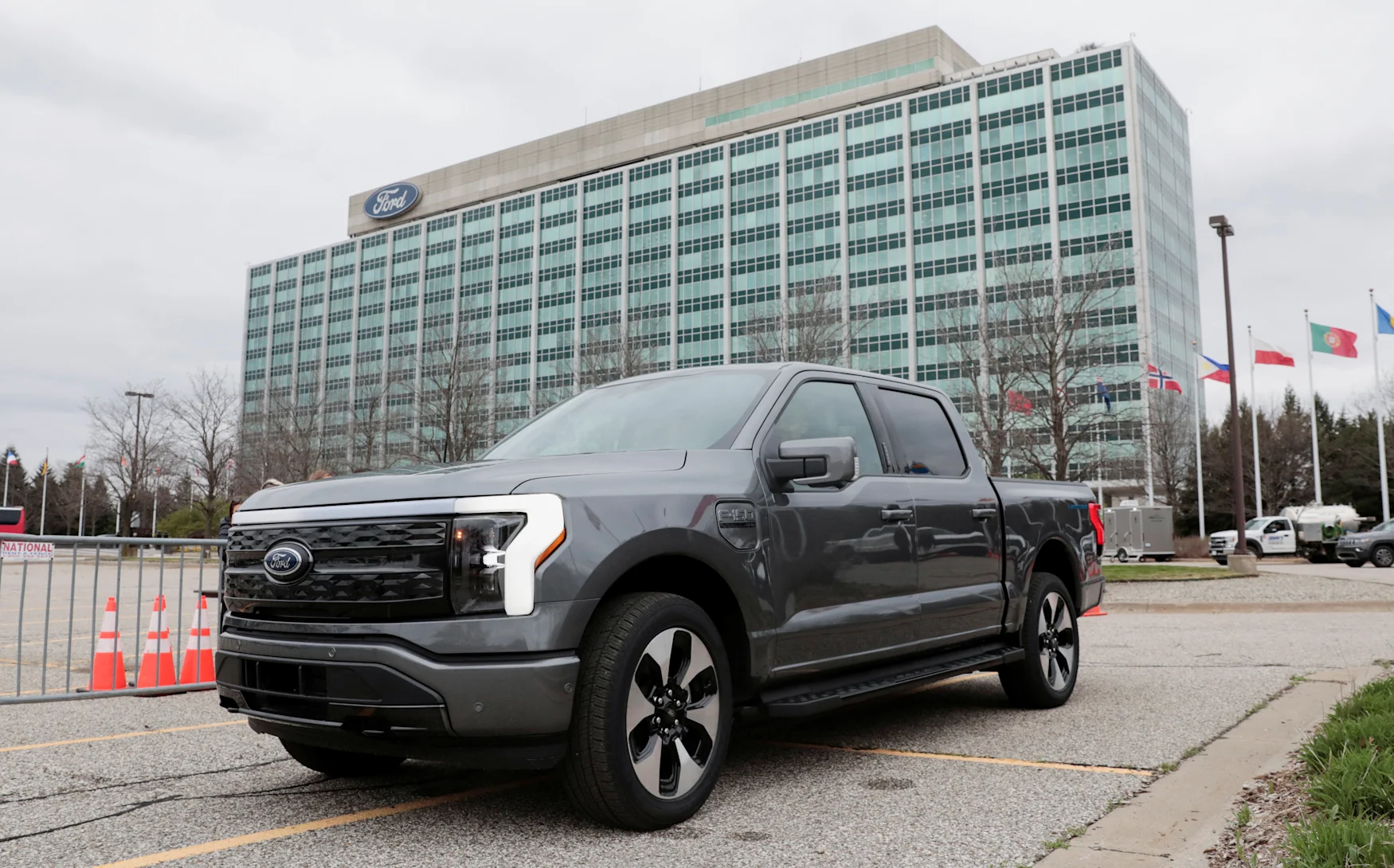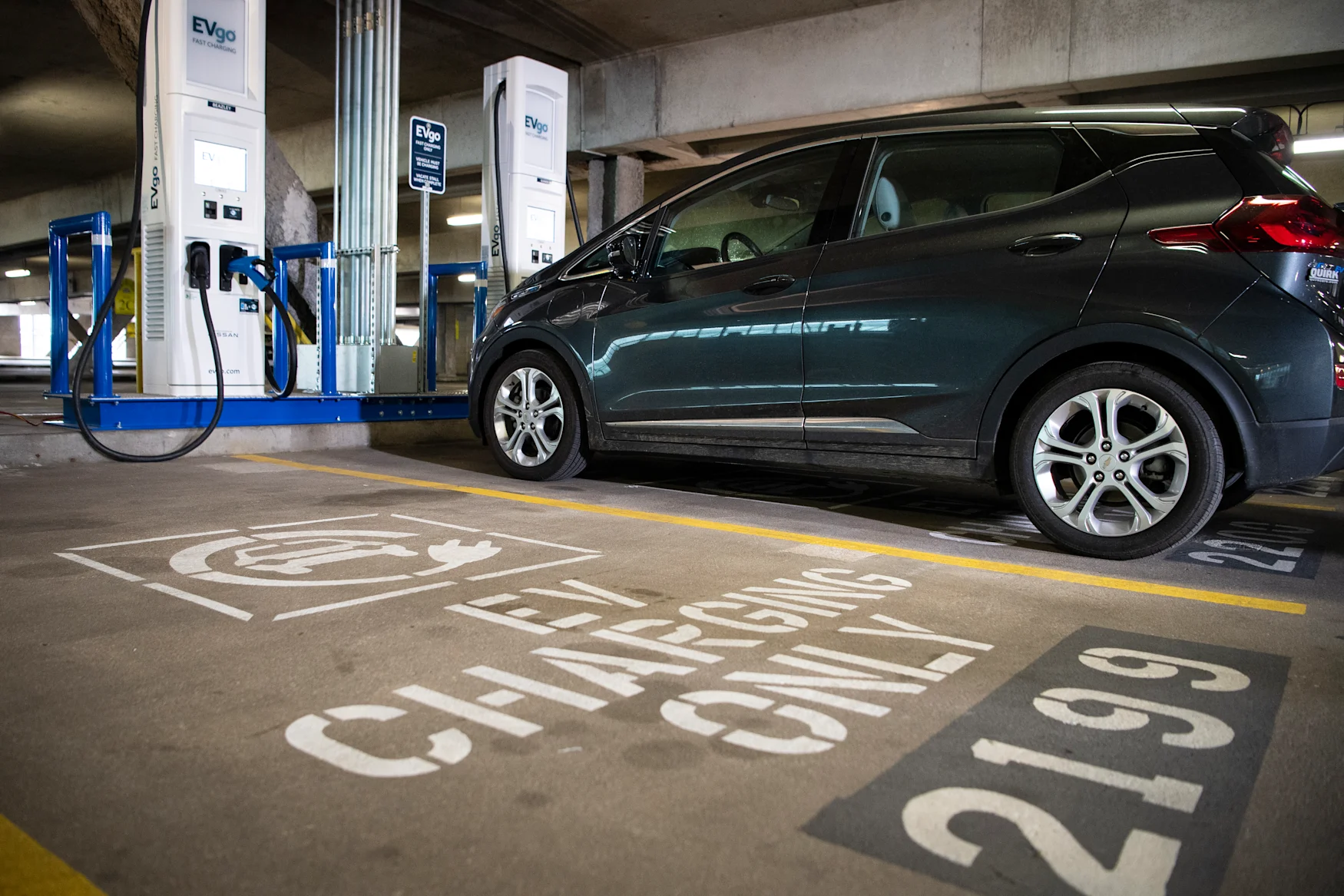2022 was a busy year for electric vehicle companies | Engadget
It’s been a decade since the first Tesla EV made its commercial debut and the electrification of American automotive society began in earnest. Acceptance at the newfangled technology was slow at first but, over the past ten years as battery capacities have grown and range anxieties have shrunk, electric vehicles have become a daily sight in most parts of the country. Doesn’t hurt that virtually every notable automaker on the planet has jumped on the electric bandwagon with sizable investments in battery and production technologies as well as pledges to electrify their lineups within a decade or so.
Not even recent years’ production slowdowns and supply chain disruptions brought on by the COVID pandemic managed to stall the industry’s momentum. The International Energy Agency in January reported that EVs had managed to triple their market share between 2019 and 2021 with 6.6 million units being sold globally last year. That’s not to discount the crippling impacts of the chip shortage, which saw fleets of nearly-finished electrified vehicles parked and idled as they awaited necessary components. Or in Tesla’s case, simply sold without the needed part — oh calm down, it’s just the steering column, there’s nothing critical in there, anyway that’s what autopilot is for, right?
2022 has eliminated any lingering doubts about whether EVs are here to stay (hint: they are). “So far in 2022, global EV sales are up 70 percent, or around 2 million units,” from 2021’s figures, according to Morgan Stanley. It is expecting a further 22 percent increase — around another 1.8 million units — in 2023. China’s BYD set monthly EV sales records throughout the year. Domestically, an Experian study released in October noted more than 600,000 new EV registrations through the first ten months of 2022, a 60 percent year-over-year jump. EVs may not be quite as ruggedized as their hybrid cousins, but who cares about that when you’ve got Ken “Let’s See If I Can Barrel Roll This Car” Block blowing the doors off of the Vegas Strip in an 800V Audi S1 Hoonitron? Or have VW tickling the American public’s deep seated nostalgia with a reimagined Hippy Wagon for the 21st century? Even Sony is getting into the EV game. EVs are no longer niche, they’ve become an indelible part of the culture.
In terms of market share, Tesla and BYD both retained their dominant positions within their relative markets and briefly jockeyed for the world number one spot before BYD pulled away. The Chinese automaker’s EV sales now account for nearly 20 percent of the global total. For its part, Tesla passed notable milestones in its 10,000th Model Y produced at the Texas Gigafactory and the millionth vehicle to roll out of production at Gigafactory Shanghai.
2022 also saw big moves and bigger investments from the rest of the automotive industry, from Ford and General Motors especially. Ford began delivering its highly-anticipated F-150 Lightning EV pickup in May, turned them into roving conference rooms with help from Cisco, began beta testing their bidirectional charging capabilities with California’s public utility as did GM, developed a new battery chemistry, announced plans to bring seven more EV models to the European market by 2024, and imagined a world without dealer showrooms for EV sales. General Motors had a banner year of its own. The company began production on its new marquee Lyriq EV, unveiled its Yukon Denali, Silverado, Blazer and Celestiq EVs; teased its upcoming Corvette hybrid, and secured a sizable federal loan to expand its battery manufacturing base.

Rebecca Cook / reuters
Not to be left out, Hyundai announced in 2022 a $5 billion investment in its US-based production capacity, including a new EV factory in Georgia. The Korean automaker, which has quietly risen to prominence in the US market in recent years, announced its next EV flagship, the Ioniq 6, in July the latest in Hyundai’s effort to release 17 electric vehicle models by the end of the decade. Kia, Hyundai’s sister brand, showed off the company’s brawnier EV6 GT at Monterey Car Week.
VW’s 2022 was fruitful as well and it appears that the automaker has fully embraced its electrified future (following the dieselgate scandal, how could it not?). VW opened a new ID.4 production plant in Tennessee, announced plans to invest an additional $7.1 billion into its North American production capacity over the next five years and dipped its toes into the EV battery business as well. Pfft, all Volvo did this year was debut the “safest car ever.”
And it wasn’t just the established brands, Lucid Motors is riding high this holiday season, buoyed by the November unveiling of its new top of the line Air Sapphire along with two (ahem, relatively) less expensive Air model variants, which will start at $87,000 with 410 miles of range and go up from there. The company also revealed plans this year to sell 100,000 units to the Saudi government, which has heavily invested in the company.
2022 also saw a drastic expansion of the nation’s various fast charging networks. In June, the Biden White House proposed a set of standards for the national EV charging network. The following month, GM announced that it will partner with EVGo to create a 500-station “coast-to-coast” fast-charge network and in December, opened its first two Community Charging Initiative sites in Wisconsin and Detroit. Hertz, fresh off two significant purchase contracts with Polestar and GM, revealed it is working with BP to host the latter’s BP Pulse chargers at select Hertz car rental locations — not unlike what VW and BP have planned for Europe. Similarly, IKEA will team up with Electrify America to bring EA’s fast charging network to the Swedish homeware maker’s parking lots. Perhaps most exciting, the White House in July confirmed rumors that Tesla would be opening its expansive North American SuperCharger network to non-Tesla EVs by the end of the year — that’s an additional 1,700-plus charging points for drivers to fill up at.

Caroline Brehman via Getty Images
But 2022 wasn’t all smooth asphalt and sunshine. Rivian fell on hard times this year, struggling with production issues, layoffs, price hikes, lawsuits in response to said price hikes followed by reversals of said price hiles, delays to the R1S delivery schedule and trim level cullings. Rivian performed so badly in 2022 that it dragged Ford’s stock value down alongside it — but it was still a better year than Lordstown had.
And hey, at least they didn’t use the tip of their tongue to test for live wires like BMW did in July when it tried to paywall access to seat heaters that vehicle owners had already paid for. Even Mercedes had the good sense to charge $1,200 a year only for funtime performance extras like added torque and a shortened 0-60, rather than essential capabilities like retaining rear-end sensation on cold winter mornings.
We also saw significant pricing fluctuations in EVs this year. Tesla raised prices across the board for its entire lineup, as did Polestar with its single motor variant, while VW dropped the price of its 2023 ID.4 by around $4,000 thanks to its use of a slightly smaller battery pack.
For as eventful as 2022 turned out to be, 2023 and beyond is sure to be even bigger for the EV industry. We’re expecting debuts of the VW ID.3; the Lucid Gravity, Polestar 3, Jeep (one of four!) and Honda Prologue SUVs. The Kia EV9 is slated for release in the second half of the year while the Buick Wildcat won’t be realized until 2024. With any luck, these EVs will serve merely as stopgaps until Volkswagen can perfect its Gen.Travel concept and begin shuttling us around in automated transport pods. Like Wall-E, but just as fat.
All products recommended by Engadget are selected by our editorial team, independent of our parent company. Some of our stories include affiliate links. If you buy something through one of these links, we may earn an affiliate commission. All prices are correct at the time of publishing.
For all the latest Technology News Click Here
For the latest news and updates, follow us on Google News.

